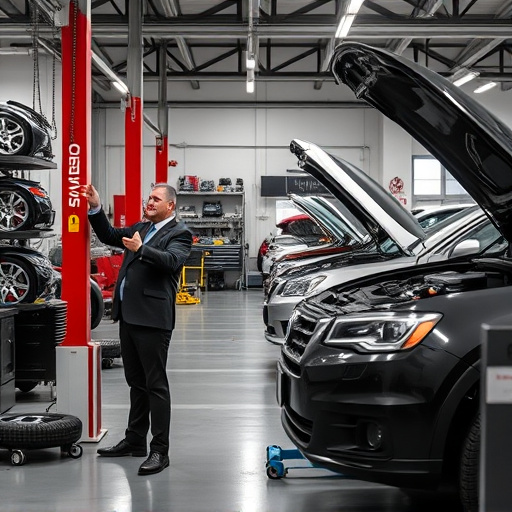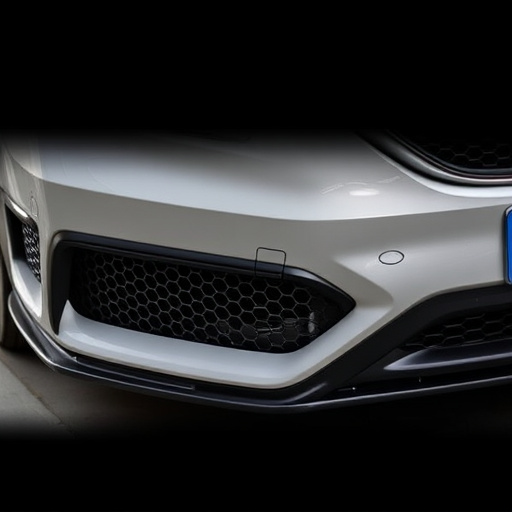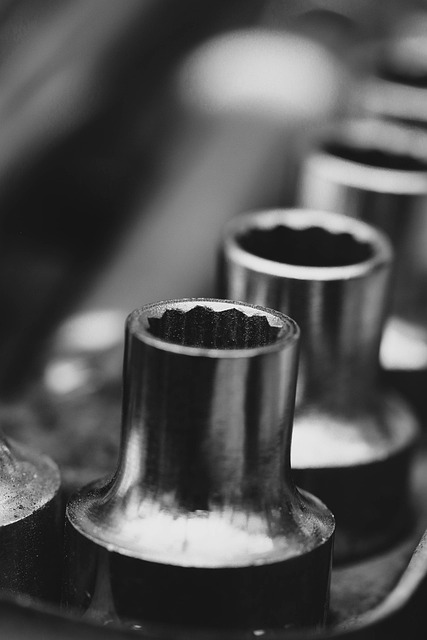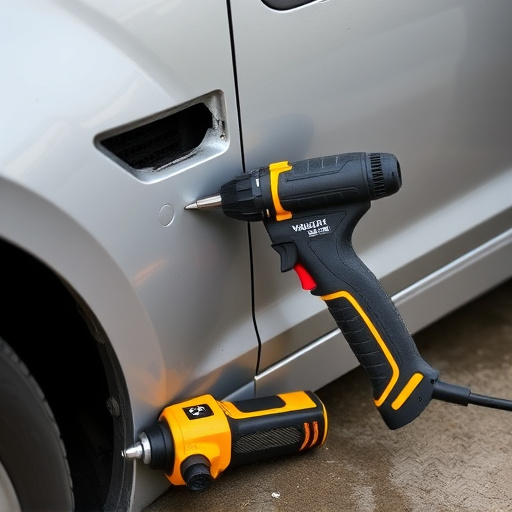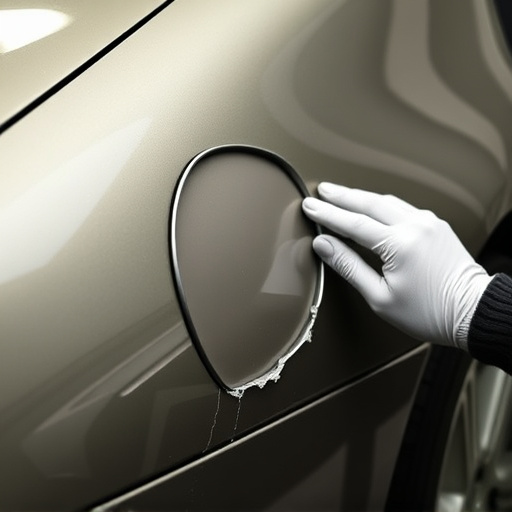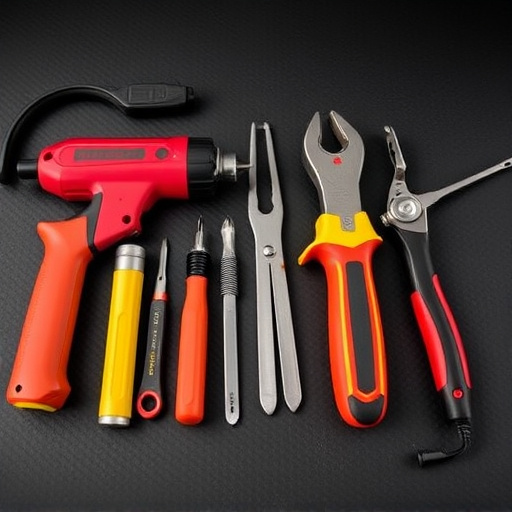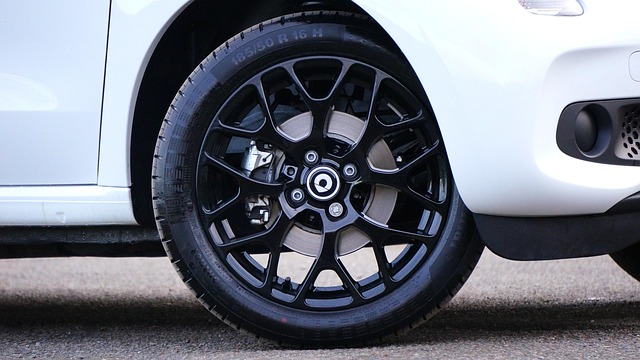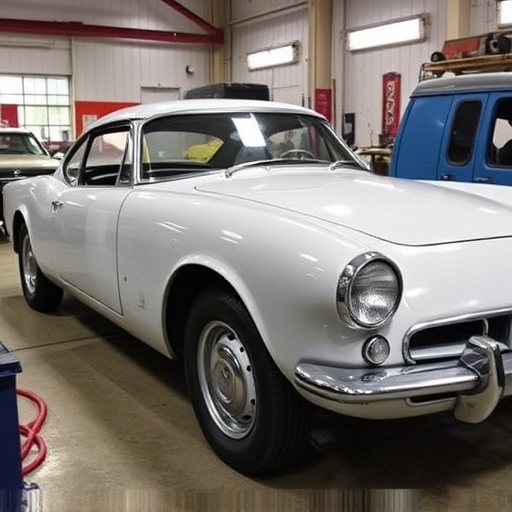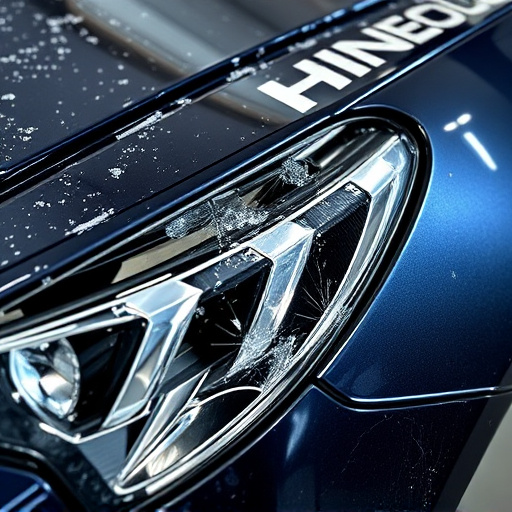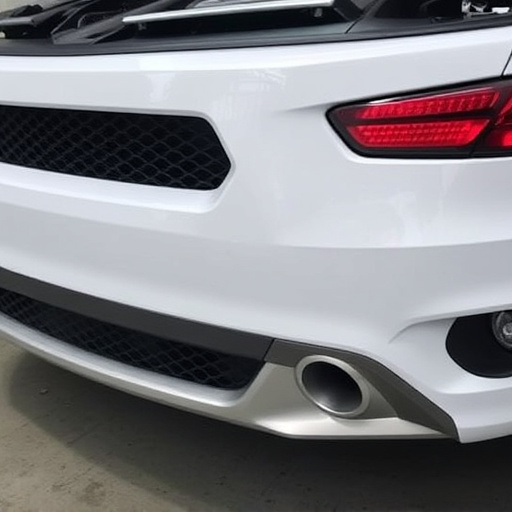OEM strength standards are crucial for structural adhesive systems in automotive applications, ensuring safety and durability. These adhesives, tested for tensile and shear strength, resist environmental degradation, securing components and maintaining bond integrity over time. Key considerations include substrate compatibility and environmental resistance. Advanced structural adhesive systems leverage polymer science for exceptional bonding, temperature resilience, and durability, revolutionizing repairs by minimizing failure risk, enhancing vehicle safety, and ensuring long-lasting quality in a competitive market.
In the realm of manufacturing, Original Equipment Manufacturer (OEM) strength standards are paramount, ensuring product durability and safety. This article explores the critical role of structural adhesive systems in meeting these stringent requirements. We delve into the nuances of understanding OEM standards, key considerations for selecting appropriate adhesives, and the advancements that drive performance and reliability in modern structural adhesive systems. By examining these aspects, manufacturers can ensure their products withstand rigorous testing and real-world conditions.
- Understanding OEM Strength Standards
- Key Considerations for Structural Adhesives
- Advanced Systems: Performance and Reliability
Understanding OEM Strength Standards
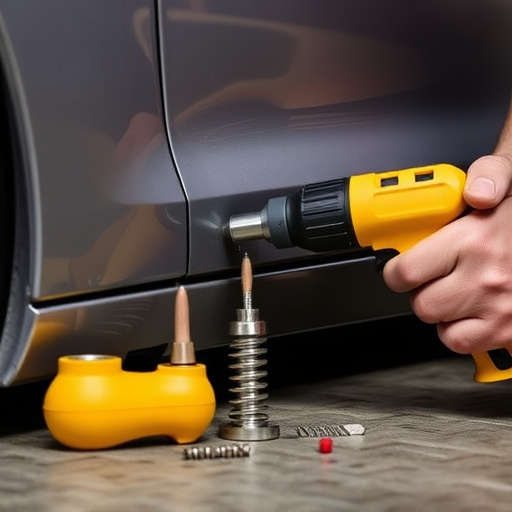
Original Equipment Manufacturer (OEM) strength standards are critical benchmarks for structural adhesive systems used in automotive applications, such as collision repair and auto body repairs. These standards ensure that adhesives meet or exceed the rigorous requirements set by vehicle manufacturers, guaranteeing both safety and durability. In the context of auto glass replacement, for instance, adhesives must withstand extreme forces without failure, protecting passengers from potential harm.
OEM strength standards consider various factors, including tensile strength, shear strength, and resistance to environmental degradation. Adhesive systems are tested under simulated conditions mirroring real-world scenarios, like extreme temperatures, humidity, and sunlight exposure. This comprehensive approach ensures that structural adhesives not only hold components together securely but also maintain their bond integrity over the lifespan of the vehicle, making them indispensable for high-quality auto body repairs and collision repair processes.
Key Considerations for Structural Adhesives
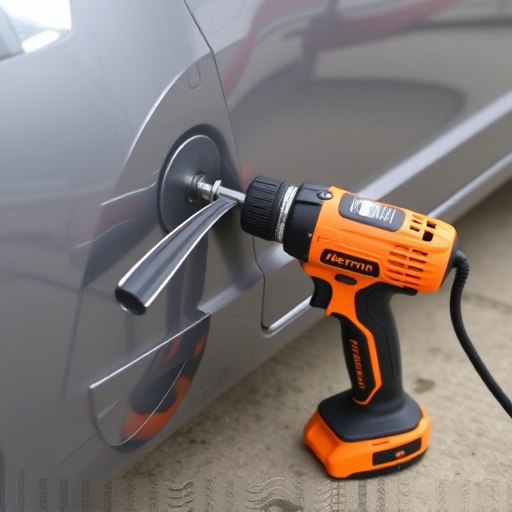
When selecting structural adhesive systems for automotive applications—whether it’s a sophisticated assembly line or a quick car body shop fix—several key considerations come into play. Firstly, the adhesive must meet Original Equipment Manufacturer (OEM) strength standards to ensure structural integrity and safety, especially in high-stress areas like crash zones. This requires understanding the specific requirements of each vehicle model and component.
Secondly, compatibility with various materials is crucial. Car repair services often deal with diverse substrates, from metal to composite materials used in modern vehicles. The adhesive system must bond effectively across these surfaces without issues such as delamination or peeling. Additionally, environmental factors like temperature, humidity, and exposure to chemicals found in car repair environments can impact performance, so adhesives should be designed to withstand these challenges.
Advanced Systems: Performance and Reliability
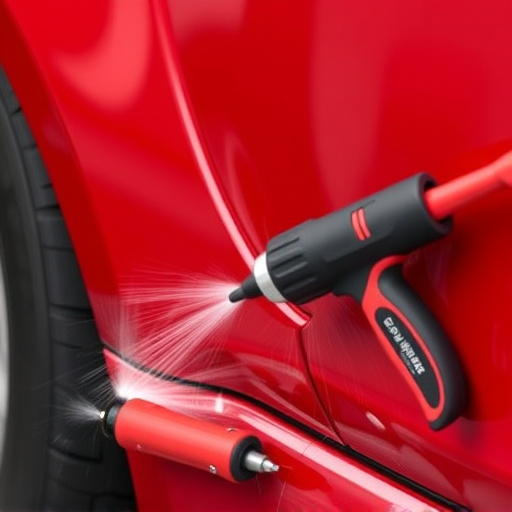
Advanced structural adhesive systems are transforming the landscape of automotive manufacturing and vehicle repair services. These cutting-edge technologies offer unparalleled performance and reliability, ensuring that original equipment manufacturer (OEM) strength standards are consistently met. By leveraging advancements in polymer science and formulation techniques, modern adhesives provide exceptional bonding strength, resistance to extreme temperatures, and superior durability, all crucial factors for maintaining the integrity of auto body services and vehicle repair services.
In terms of performance, these advanced systems demonstrate remarkable versatility, finding applications in a wide range of materials and substrates commonly used in auto repair services. Their ability to create strong, long-lasting bonds between diverse materials, such as metal, plastic, and composite components, is revolutionizing the way structural repairs are executed. Moreover, the reliability of these adhesives minimizes the risk of bond failure, ensuring the safety and longevity of vehicles undergoing vehicle repair services, which is essential in today’s competitive market where quality and durability are paramount.
Structural adhesive systems that meet Original Equipment Manufacturer (OEM) strength standards are essential for ensuring the durability and safety of various industrial applications. By understanding OEM requirements, considering key factors like material compatibility and environmental conditions, and leveraging advanced technologies, manufacturers can achieve superior performance and reliability. These innovative structural adhesive systems play a crucial role in revolutionizing industries by enhancing bonding strength, enabling lighter designs, and reducing assembly time—all while maintaining exceptional quality and consistency.

